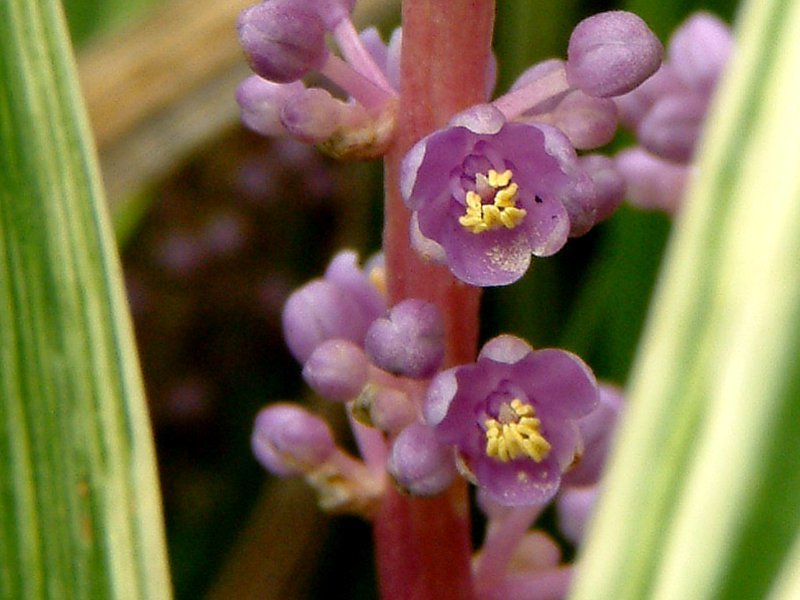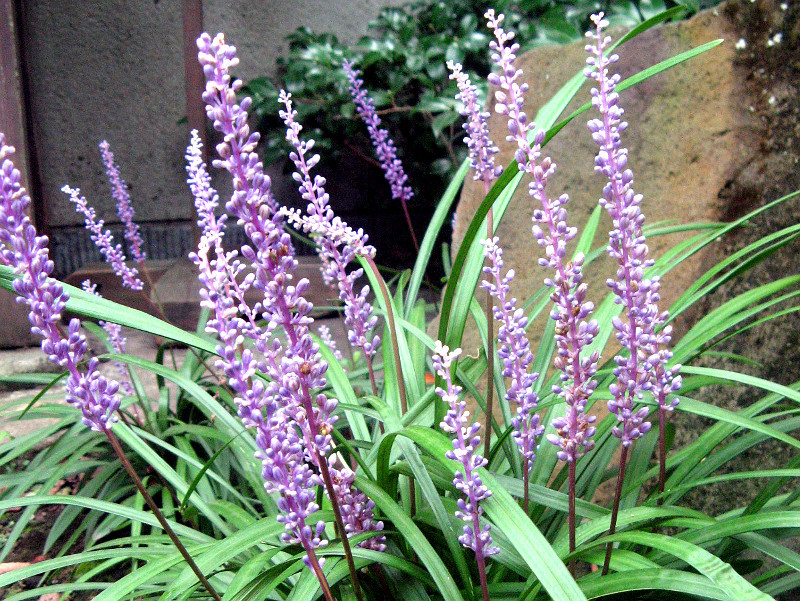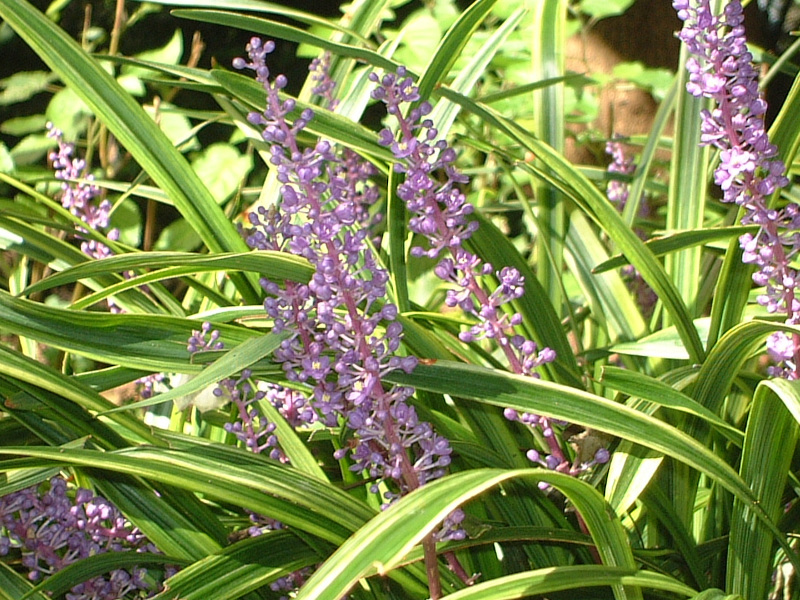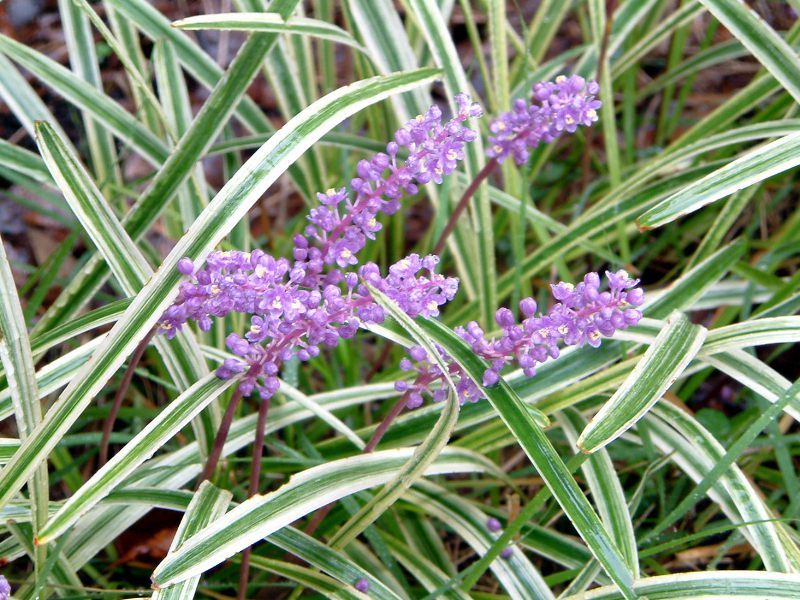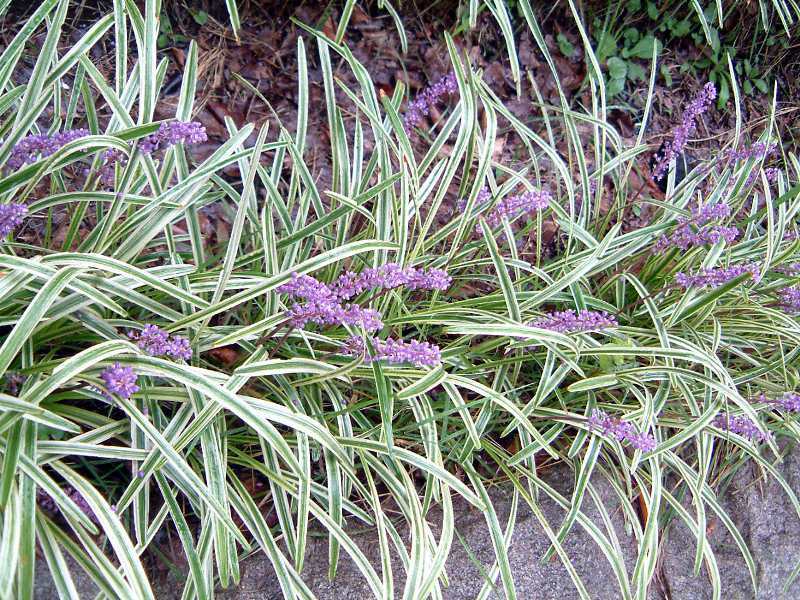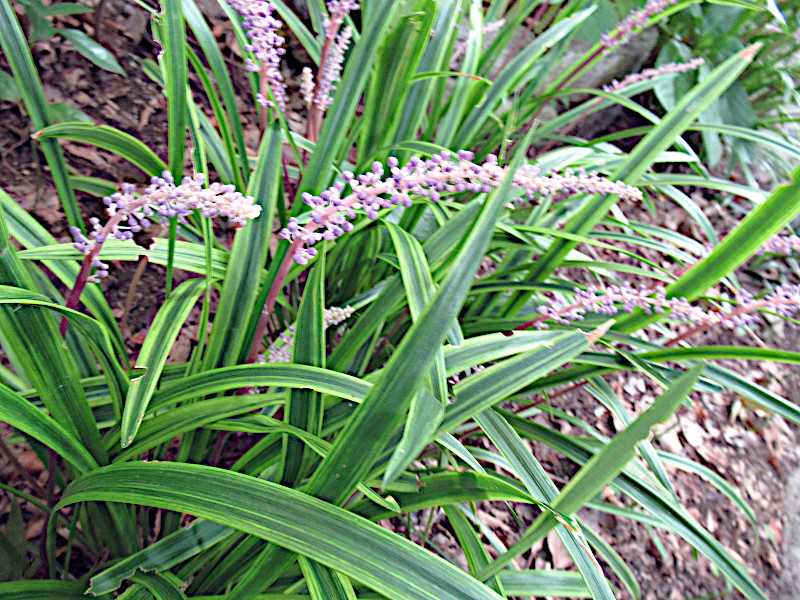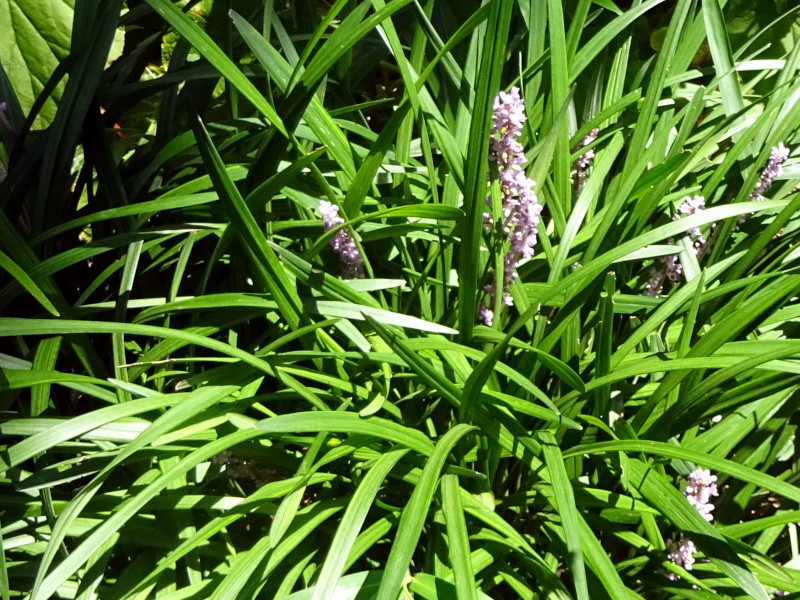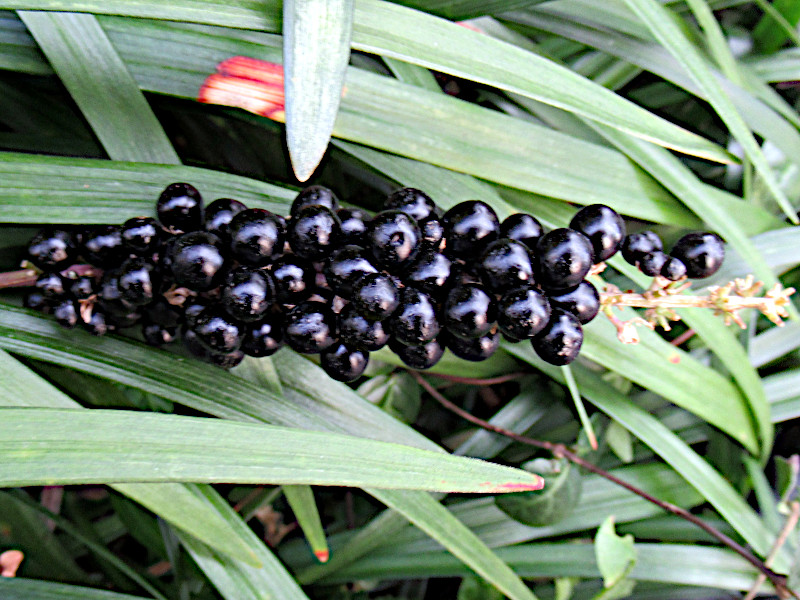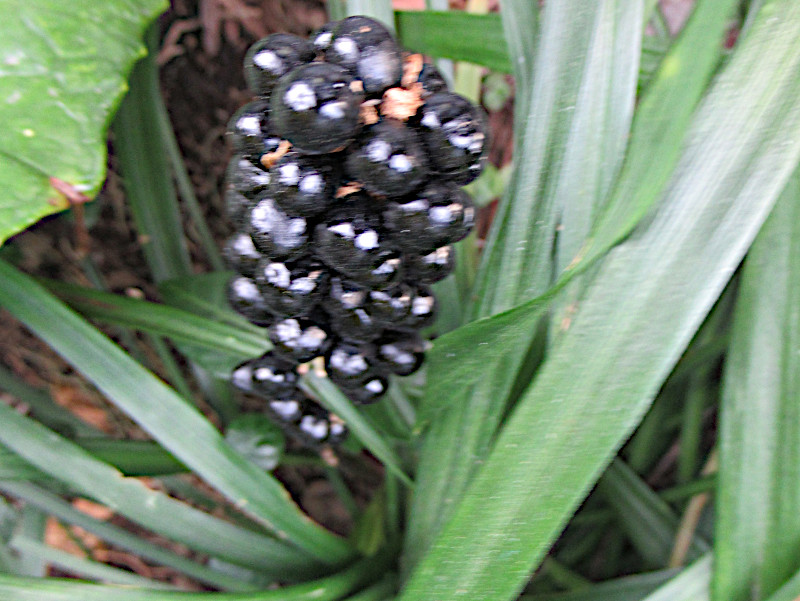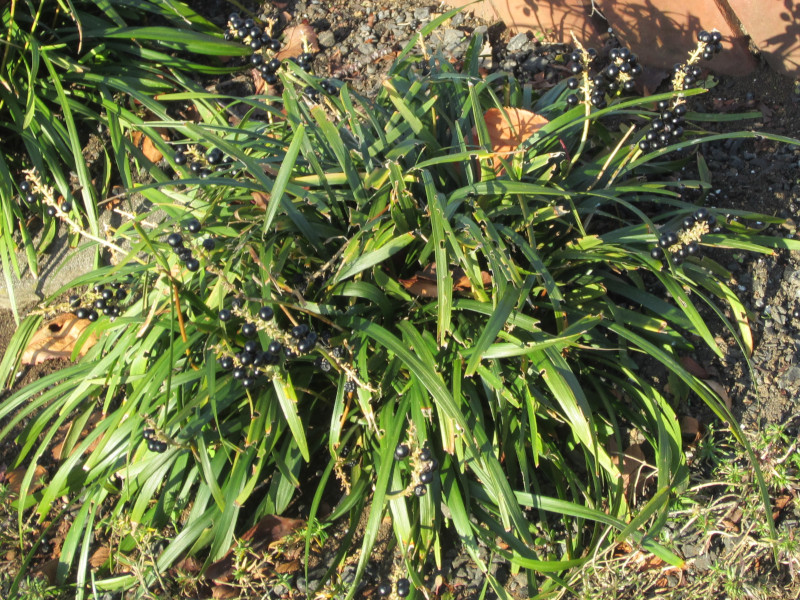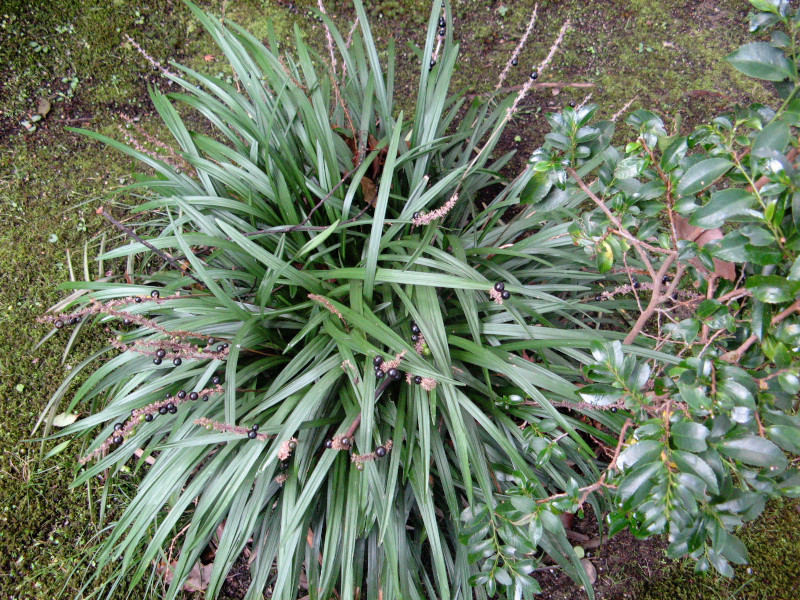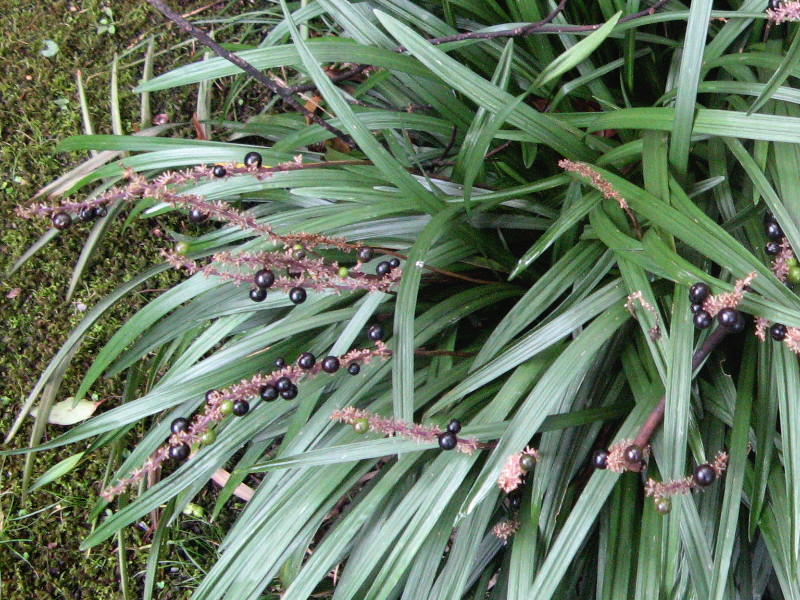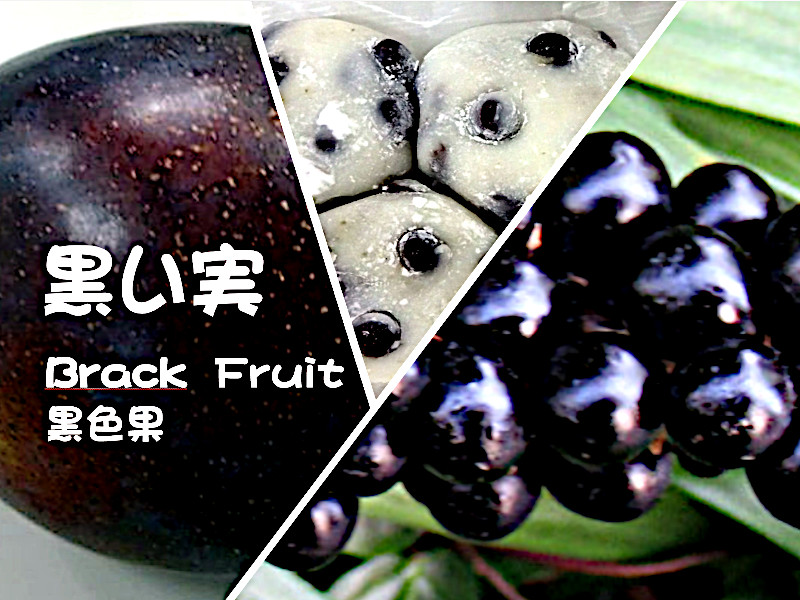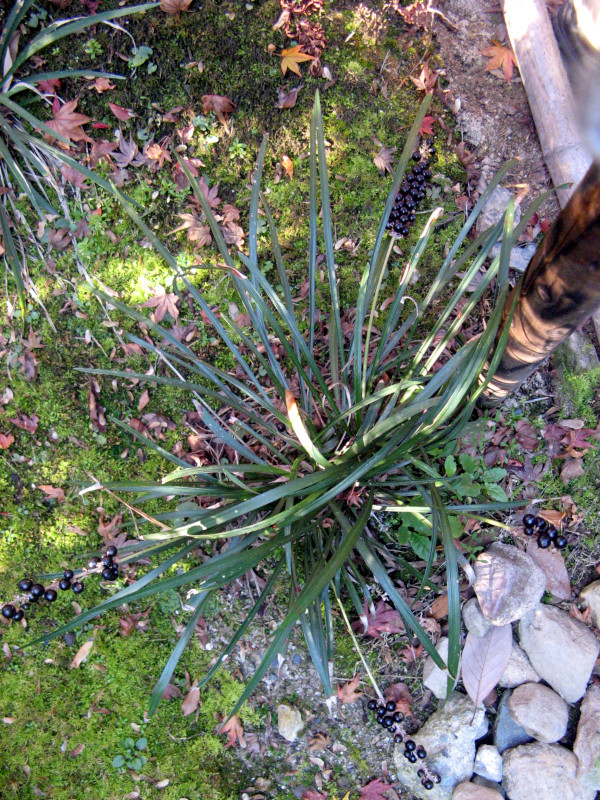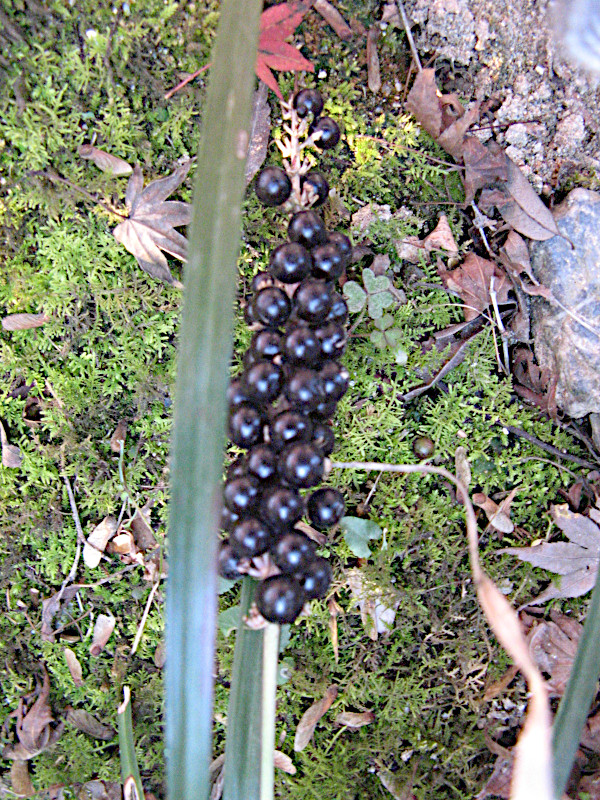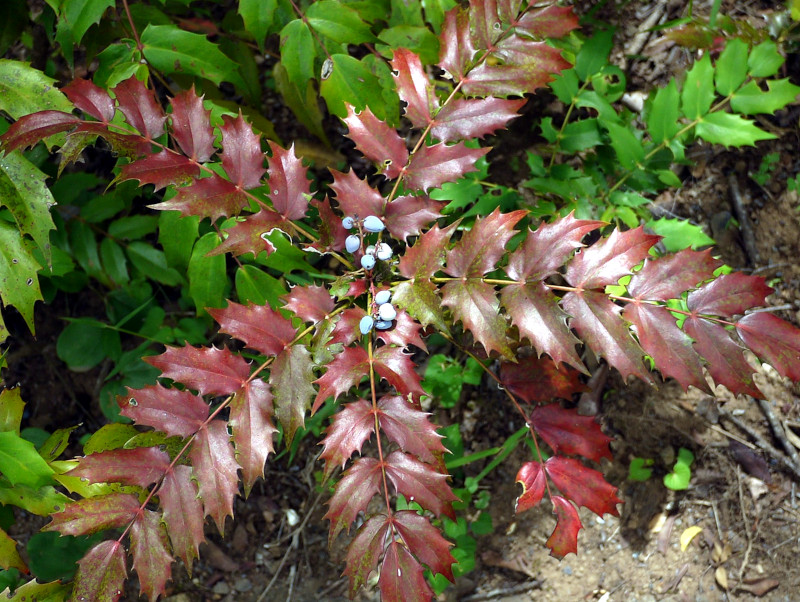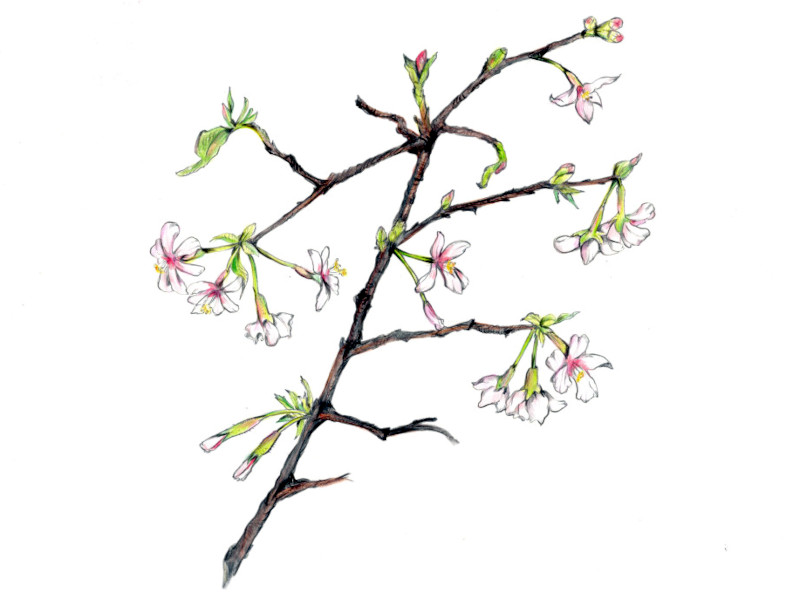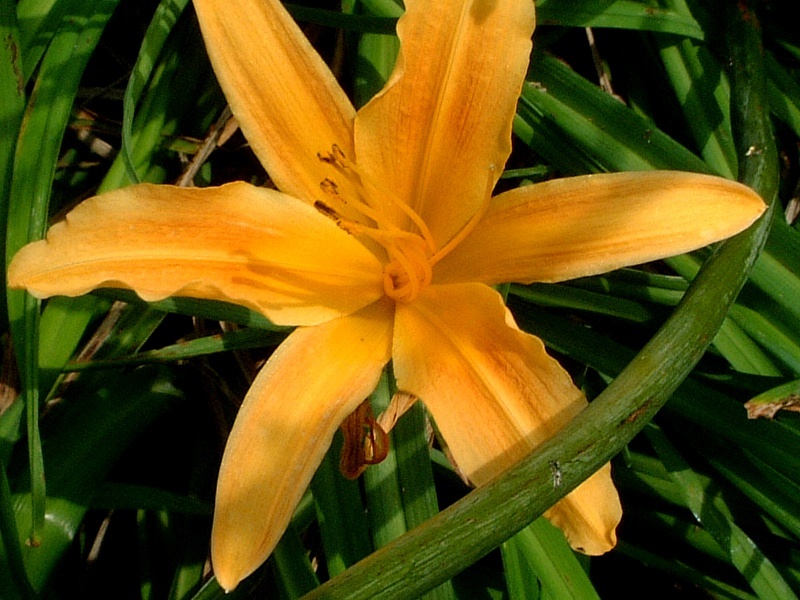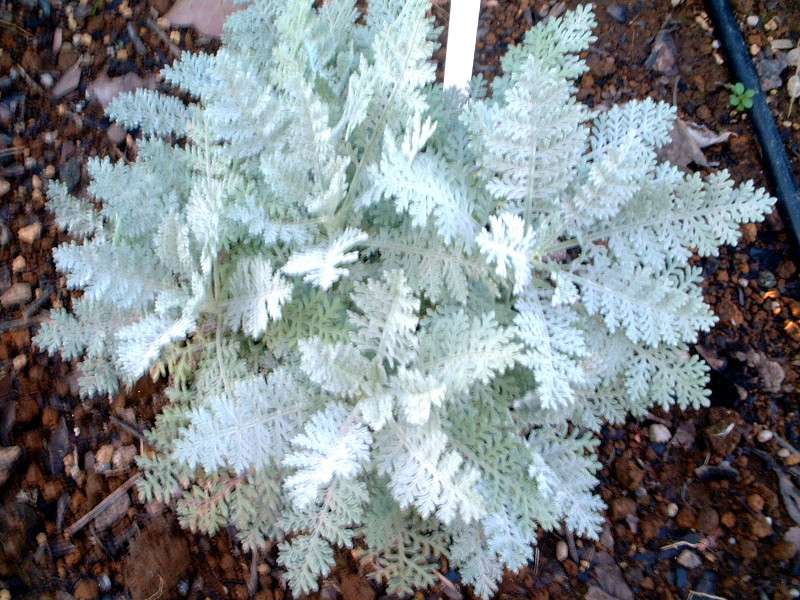Liriope muscari
- Flower nameLiriope muscari
- Scientific nameLiriope muscari
- Aliasリリオペ, ノシメラン, Liriope, サマームスカリ, 藪蘭
- Place of originChina and Japan
- Place of floweringFields and footpaths, Garden, Ornamental plants
- Flowering seasonJune, July, August, September, October
What is Liriope muscari
Liriope muscari or yaburan ( scientific name: Liriope muscari), native to China and Japan, is an evergreen perennial herb of the genus Liriope in the family Asparagaceae. It grows wild in the shade of bushes and forests. In Japan, it can be found in the gardens of ordinary households. Although the flower name includes the word "orchid," it is not a member of the orchid family. It is also known as noshimeran, samamskari, and the scientific name liriope.
The grass is 25 to 50 cm tall. The leaves are 30-50 cm long and 1 cm wide, and are generally green in color. From early summer to autumn, the thin flower stalks emerge from between the long, glossy, thick, rhizomatous leaves and produce many small, light-purple flowers in spicate inflorescences at the tips. It is mainly used in gardens and parks, but the enlarged root is also used in folk medicine for its medicinal properties as a tonic, antitussive, expectorant, cardiotonic, and diuretic.
Common name: Liriope muscari or yaburan, scientific name: Liriope muscari, also known as Liriope, Nosimelan, Samamskari, Big blue lily turf, Origin: China and Japan, Root: slender and branched, Rhizome: short, woody, spindle-shaped, Height: 25-50 cm, Rhizome Leaf: dense, cortical, thick and glossy, Leaf Color: dark green or green with yellow streaks, Leaf Shape: linear, Leaf Length: 30-50 cm, Leaf Width: 1-2 cm, Leaf Edge: scaly, Inflorescence Form: acicular, Inflorescence Length: 25-40 cm, Floral Inflorescence shape: inflorescence length: 25-40 cm, flower color: light purple, many-flowered: 3-8 flowers, florets: 6-petaled, corolla length: 0.5 cm, flowering season: June-October, fruit shape: globular, fruit color: blackish purple, fruit diameter: 0.7 cm, uses: garden planting, root: Chinese herb medicine (sedative and tonic), tuberous root is the crude drug "Bakumonto".
